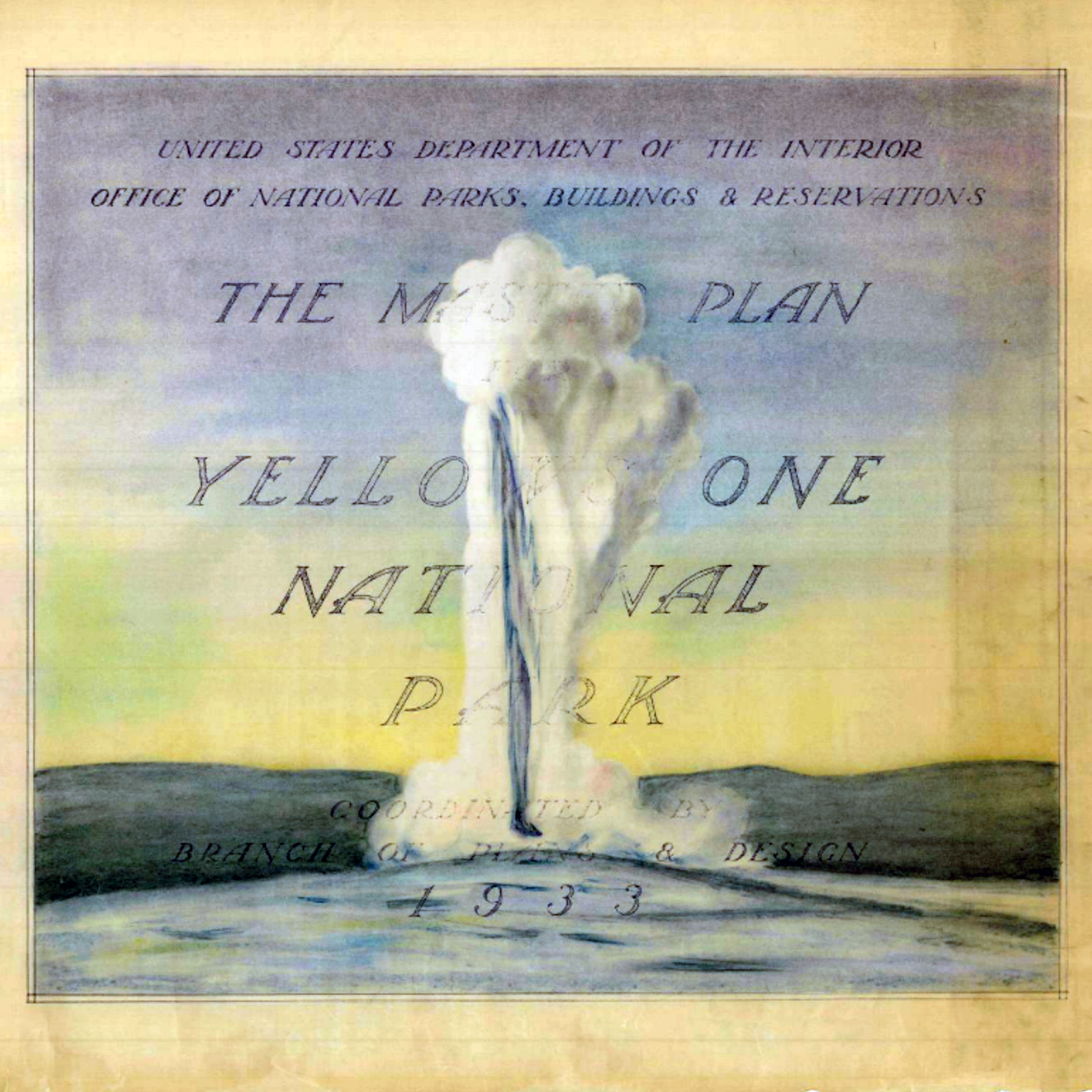Archives Experience Newsletter - March 9, 2021
Designed as a House for History
Have you ever had that feeling your house improvement project schedule was getting off track? The construction of the National Archives building was no different. It was long and drawn out. The idea of building a repository for federal records was years in the making. But it took a first step toward fruition in 1926, when Congress passed the Public Building Act, aimed at constructing federal buildings in the area now known as Federal Triangle on Pennsylvania Avenue in Washington, D.C. The nexus of the Archives building’s complications was its dual purpose to house and protect the United States’ federal records and to provide office space for civil servants.
In 1930, Secretary of the Treasury Andrew Mellon hired New York Architect John Russell Pope to design the National Archives building. Pope’s design was approved in summer 1931 and included majestic columns lining the front and back facades, bronze doors that stood nearly 40 feet tall, and a massive, domed rotunda. Ground was broken in 1931, and outgoing President Herbert Hoover laid the cornerstone on February 20, 1933.
Whether visitors are history nuts or not, the scale, detail, and grandeur of the National Archives Building can strike awe into them. This week, we share a glimpse of the endless designs of our democracy found in the Archives.

Patrick Madden
Executive Director
National Archives Foundation
A Mural Not Mailed In

The holdings of the National Archives include important drawings for municipal buildings from all across the country. Around 1940, at the height of the New Deal, Carlos Lopez
submitted this proposal for a mural for the post office in Paw Paw, Michigan to the U.S. Treasury Department’s Section of Fine Arts, which managed competitions for designs and embellishments of public buildings. Lopez’s submission was ultimately chosen, and his mural is still in place today.
A Design to Fit the Moment

Sometimes referred to as “The Forgotten War,” the Korean War began in 1950 and ended in 1953.
The American Battle Monuments Commission was authorized to solicit proposals for a Korean War Memorial in 1986, four years after the Vietnam Veterans Memorial was completed.
More than 500 proposals were submitted. The design of John Paul Lucas, Veronica Burns Lucas, Don Alvero Leon and Eliza Pennypack Oberholtzer, which ultimately was chosen, included 38 statues of soldiers in Korean war gear spread out along a pathway. When the memorial was completed, the designers insisted that the contractor that built it had altered their design. The finished memorial, which is located along the National Mall in Washington, D.C., consists of 19 statues of soldiers moving in two columns.
The Making of a City

When it came time to design Washington, D.C., President George Washington appointed Pierre Charles L’Enfant, a French engineer and architect who had fought in the U.S. Revolutionary War, to survey the swampy land that had been chosen for the capital city.
The process of planning the city was complicated by disagreements about L’Enfant’s mandate and conflicts with other individuals, including Thomas Jefferson, then the Secretary of State. In the end, however,
L’Enfant submitted a substantially more ambitious set of drawings that delineated the streets, canals, and bridges and many of the federal buildings. His plan was not fully realized, but portions of it are still evident in the city’s final form.
Goggles? For Chickens?

The holdings of the U.S. Patent Office include millions of applications and approved patents for inventions of all descriptions. Some went on to be commercial successes, but others… not so much.
A case in point:
Patent #730,918 for—wait for it!—eye protectors for chickens. That’s right, chicken goggles! “This invention relates to . . . eye protectors designed for fowls, so that they may be protected from other fowls that attempt to peck them,” inventor Andrew Jackson, Jr., wrote, adding, “An additional object of the invention is to provide a construction which may be adjusted so that it will fit different-sized fowl.” Maybe chicken goggles are one of those inventions that you aren’t familiar with, but once you see them, you have to have them! The U.S. Patent Office records are housed in the National Archives, and chicken goggles are only the tip of the iceberg.
National Park Master Plans

Even though President Theodore Roosevelt established the first 23 national parks and monuments during his presidency, it wasn’t until 1916, seven years after President Roosevelt left office, when then President Woodrow Wilson established the National Park Service (NPS). To manage what writer Wallace Stegner called “America’s best idea,” the employees of the NPS began creating master plans to guide the development and preservation of the lands in their charge.
The National Archives is the repository of a series of documents titled “
Master Plans of Parks and Monuments, 1931-1941 (NAID 591991).” Many of these plans incorporate beautiful drawings, photographs, and maps.
Several examples can be found here, including one for the Dinosaur National Monument, which features a dinosaur on its cover.













